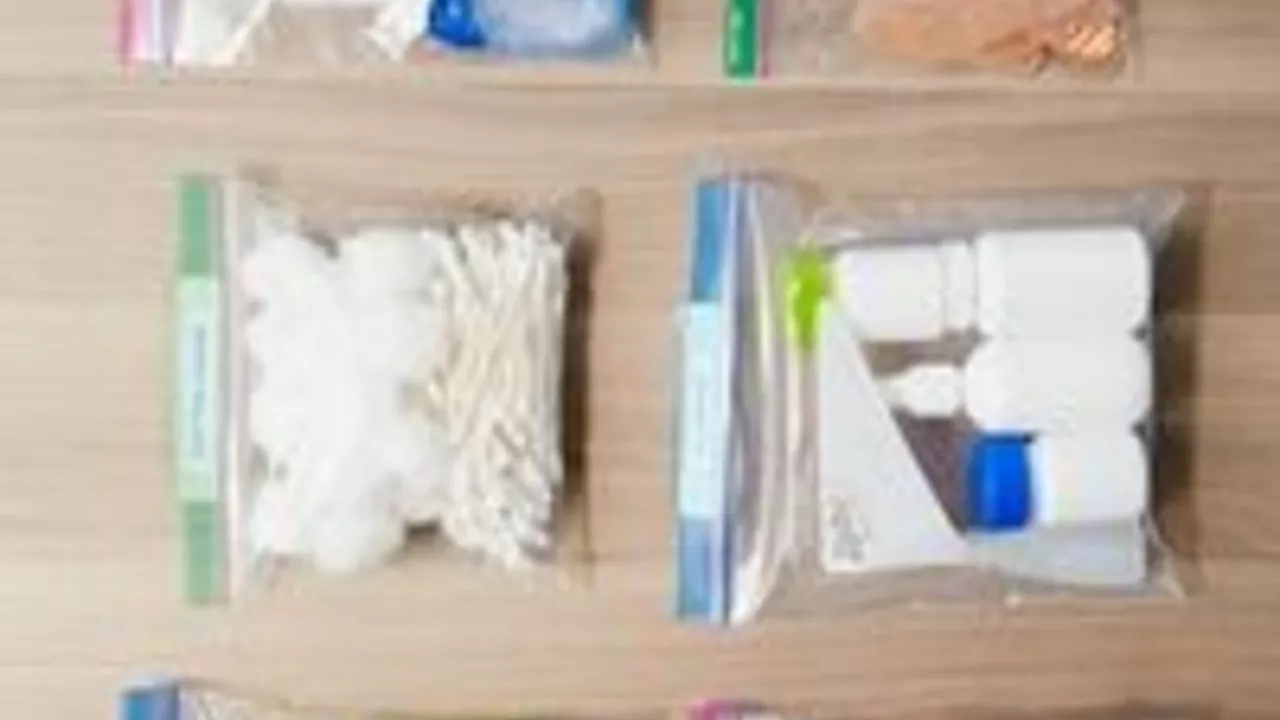Medication Storage: Simple Hacks for Keeping Your Drugs Safe
Ever opened a bottle of pills only to find they look weird or smell off? That usually means the meds weren’t stored right. Storing medication correctly isn’t rocket science, but it does need a bit of attention. Below are everyday tips you can start using today.
Pick the Right Spot
The first rule is to keep drugs away from heat, moisture, and light. A bathroom cabinet might look handy, but showers create steam that ruins many tablets. Instead, choose a cool, dry drawer in the kitchen or a bedroom nightstand. If you have a dedicated medicine cabinet, make sure it stays closed and isn’t next to the sink.
Temperature matters most. Most pills stay stable between 68°F‑77°F (20°C‑25°C). When it gets hotter than that, enzymes can break down, making the drug less potent. If you live in a hot climate, consider a small insulated box or even a fridge for certain meds—just check the label first.
Mind the Labels and Dates
Every bottle comes with an expiration date. That’s not a suggestion; it tells you when the manufacturer can no longer guarantee full strength. Throw out anything past that date, even if it looks fine.
Also watch for “store in a dry place” or “keep refrigerated” instructions. Some antibiotics, insulin, and certain liquid vitamins need refrigeration right after opening. If a label says “protect from light,” tuck the bottle into an opaque bag or keep it inside a drawer.
Keep original packaging whenever possible. The child‑proof caps, barcodes, and dosage info all stay with the medicine. If you transfer pills to a pill organizer, write down the drug name and strength on each compartment.
Safety First: Keep Kids and Pets Out
Child‑proof lids are a must, but they’re not foolproof if a curious kid knows how to open them. Store meds at a height your kids can’t reach—think top shelf or locked cabinet.
Pets love sniffing around, too. A cat could chew a bottle and get sick fast. Treat medication storage like any other hazardous household item: out of sight, out of mind, and locked if possible.
Travel Tricks
Going on a trip? Pack meds in your carry‑on bag rather than checked luggage to avoid temperature swings in the cargo hold. Use a small zip‑lock bag with a copy of the prescription—airports love seeing that.
If you’re flying internationally, check the destination’s climate and customs rules. Some countries restrict certain drugs, so bring documentation just in case.
When to Toss It
Even if the date isn’t up, discard meds that change color, develop spots, or smell odd. Those are signs of degradation. Don’t pour them down the sink—use a pharmacy take‑back program or follow local hazardous waste guidelines.
By following these easy steps—right spot, watch the label, keep it safe from kids and pets, travel smart, and know when to toss—you’ll get the most out of every prescription. Your health depends on it, so give your meds a proper home today.
In my latest blog post, I've shared some essential tips on how to handle apixaban medication properly. I've explained that it's crucial to store it in a cool, dry place, away from light and out of children's reach. Also, never flush the medicine down the toilet or sink, as it's harmful to the environment. Instead, we should follow local guidelines or ask our pharmacist for the best way to dispose of it. Remember, proper storage and disposal of medications like apixaban help maintain their effectiveness and safeguard our environment.

